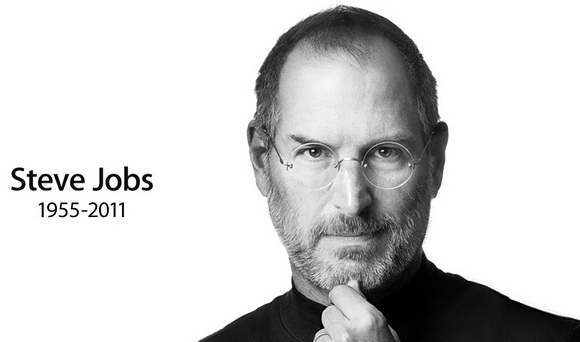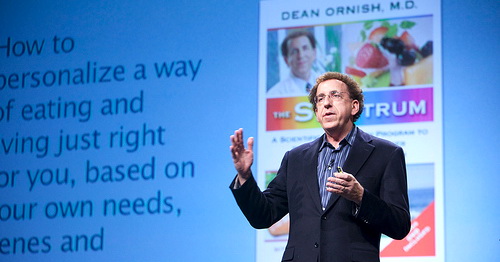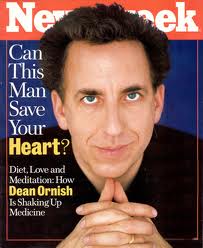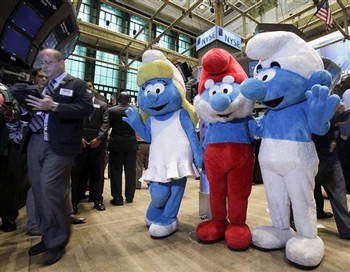If you don’t know what that abbreviation stands for, Google it! I’m not referring to: BMW: Born Moderately Wealthy, BMW: Brought My Wife, or BMW, Bring More Worries. In fact, I’m not thinking about anything that is directly related to a thing, okay, well, maybe I am.
What I’m referring to is the phrase, Bi*ch, Moan, and Whine! For whatever reason, I’ve recently been inundated with individuals who are not happy about various things impacting their lives. I’ve been hearing about money, jobs, marriages, fees for cable TV, healthcare and college costs, the government, animal cruelty, gasoline prices, racism, city manager selections, and a dozen or so other issues. In fact, even though Heinz just had to pull their tainted baby food off the shelves in China (Now, that’s a reversal of fortune, Mr. Buffet). The only thing that I haven’t heard people complaining about (euphemism for bi*ching) is the “price of rice in China.”
Ha, bet that rang a bell for you ole folks. What ever happened to that phrase? We used to say that all the time in the 50’s and 60’s? When someone was babbling on about something that we thought was meaningless in our lives, we used to say, “Now what’s that have to do with the price of rice in China?”
Guess it’s not so meaningless anymore? (If you’re interested, you can look up the “Live Rice Index” for the price of rice in China), but I digress. My philosophy has always been, if you can do something about it, then do it. If you can’t . . . then move on, my friend. Truthfully, in this country, we hold the power to change nearly everything, but we choose instead to join the BMW Club.
Think about it. We have in our hands the amazing ability to influence and to change almost anything that exists. It’s a simple formula. We ban together and say that famous line from the movie, Network, “I’m mad as hell, and I’m not going to take it anymore.”
Could you imagine showing up en masse anywhere and yelling that? It would be international news. If we could get enough people to come together to offer alternative solutions to almost any problem that we face, the offenders, enforcers, and especially the elected law makers would be forced to pay attention, and public pressure could change everything.
The key to this tactic is to find enough people who care about ANYTHING.
We’ve all seen what Rosa Parks, The First Lady of Civil Rights, The Tianamen Square tank man, Gandhi, Mother Teresa, Martin Luther King, and now Pope Francis, the former night club bouncer, have done to contribute to CHANGE in our world, but we . . . you, me and tens of thousands of our closest friends, can really make a difference.
Heck, thousands of us just threw cold water on our heads to make a statement about ALS, and before that . . . ? Probably a lot of the participants thought ALS stood for Advanced Life Support or Apply for Disability!
What’s the quote from Margaret Mead? “Never doubt that a small group of thoughtful, committed, citizens can change the world. Indeed, it is the only thing that ever has.” (She also said, “Children must be taught how to think, not what to think,” but that’s a different column for a different day.)
The whole idea here is to get us together, to unit, to make change! What would you change if you could? Want lower gas prices? We could do that. Want to stop dangerous, unmarked oil trains from driving through our towns and cities. We could do that. How about big corporations not paying taxes?
The key is to stop the BMW-ing, and get your friends together and present positive ideas to the folks who can make the changes. It’s an American right.
Oh, and you might want vote this year, too!











 My apartment is about two blocks away from
My apartment is about two blocks away from 




